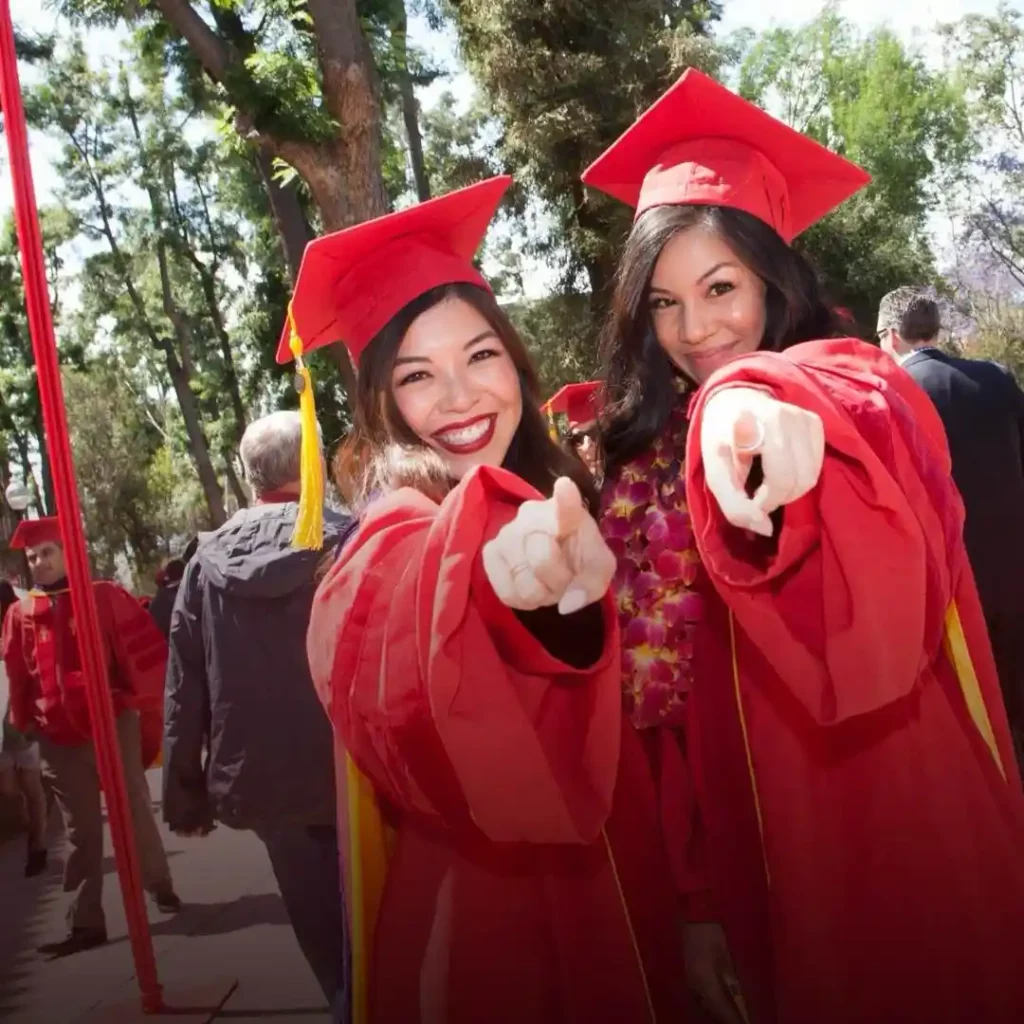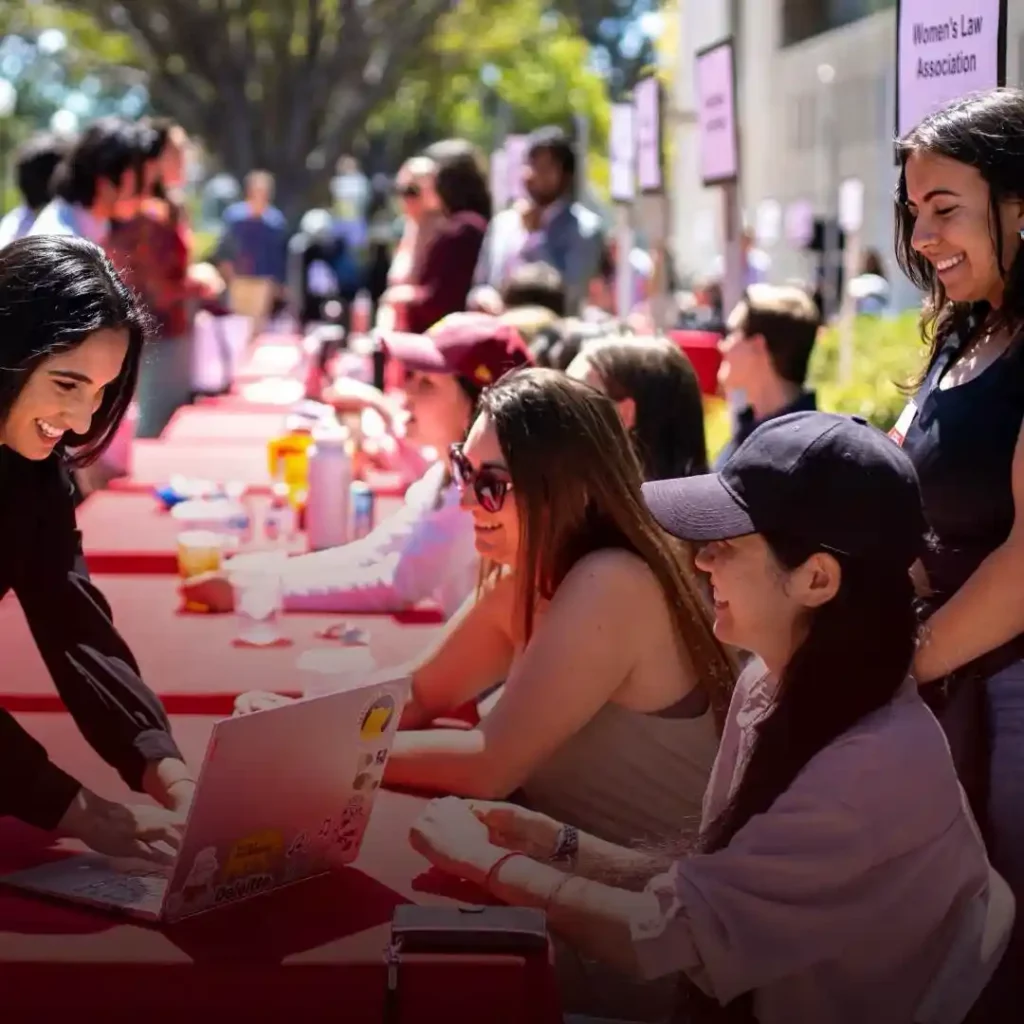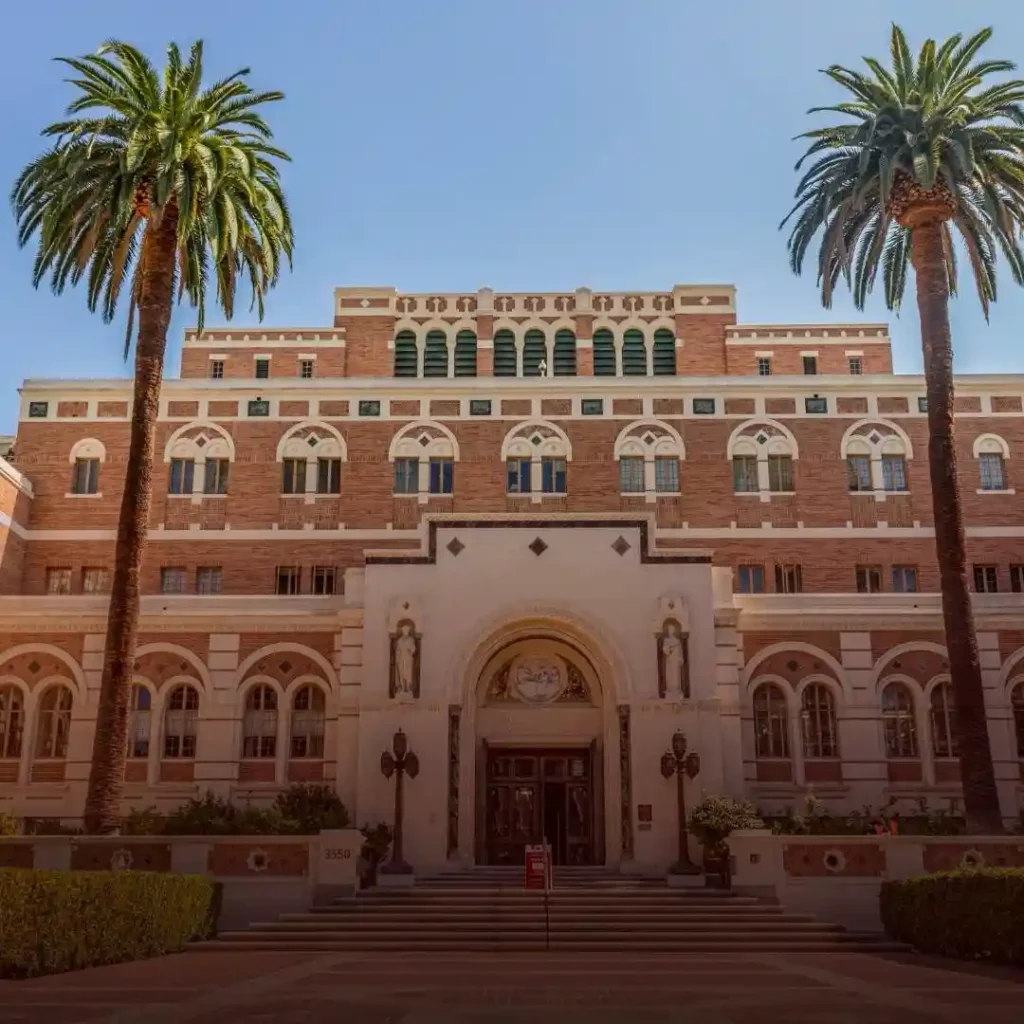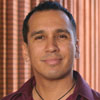Prof. Cruz reports on Supreme Court same-sex marriage hearings
In an era when almost any human occupation is deemed worthy of a reality show and you can view someone doing almost anything on YouTube, there is still only one way to watch proceedings at the United States Supreme Court: get in line early and nab one of the 400 seats available.
.jpg) |
| Prof. Cruz breaks down the constitutional arguments |
Prof. David Cruz was among the relative handful of spectators late last month when the U.S. Supreme Court heard arguments on same-sex marriage discrimination. As a member of the Supreme Court bar, Cruz got one of only 105 seats made available to bar members the first day and 78 the next. Around 70 seats were reserved for members of the public each day.
According to media accounts, some people paid as much as $6,000 each to line-standers to hold a place in the queue over several days.
“To a certain extent, as with any high-profile case, the atmosphere was electric,” Cruz said.
On April 11, Cruz presented his observations and an analysis of the constitutional arguments at a lunchtime event at USC Gould hosted by OUTLaw.
The two cases are: Hollingsworth v. Perry, which challenges the constitutionality of California’s Proposition 8; and United States v. Windsor, which challenges the section of the 1996 Defense of Marriage Act (DOMA) that directs the federal government not to recognize marriages between same-sex couples for purposes of federal law.
“We are poised with a pair of decisions at the Supreme Court that theoretically could change the entire legal landscape across the country,” Cruz told the students in attendance. “I think it will probably have a more modest effect than that.”
Cruz then broke down both cases, detailing the arguments as well as the Court’s possible rulings.
Hollingsworth v. Perry originated as a lawsuit filed by two same-sex couples challenging the constitutionality of Prop 8 under the U.S. Constitution. Because California’s governor and attorney general refused to defend Prop 8 (because they agreed it was unconstitutional), the proposition’s sponsors – a group of private citizens – intervened to defend the measure, and then appealed to the 9th Circuit Court of Appeals after the federal trial court ruled against them. But the Court of Appeals was uncertain whether Prop 8’s sponsors had the legal right to take an appeal.
“The tricky part of this is, whenever you’re asking federal courts to use their judicial power on your behalf, you have to have standing,” Cruz said. “You can’t just be someone who cares a lot about the issue.”
The Ninth Circuit referred the question to the California Supreme Court, which held that the ballot sponsors had legal authority to assert the state’s interests and defend that law. The Ninth Circuit then heard the case and ruled on the merits, striking down Prop 8. The law’s original backers then appealed to the Supreme Court.
Cruz said the Supreme Court chose to hear the appeal on the question of whether the Constitution’s guarantee of equal protection of the laws bars California from defining marriage in its state constitution as the union of a man and a woman.
“However, it also added a question: whether the ballot sponsors… have the standing to appeal this litigation through the federal court system,” Cruz said, noting that California had tried to give them the state’s litigation authority. “Can a state do that?”
The second case, United States v. Windsor, originated with Edith “Edie” Windsor, who had to pay some $363,000 in federal inheritance tax after her spouse and partner of 40 years died in 2009. Although married partners are not subject to inheritance tax, under Section 3 of DOMA, the federal government does not recognize marriage to a same-sex partner. Windsor filed suit in federal court, claiming DOMA violates her constitutional right to equal protection.
As it turns out, Cruz said, many laws hinge on whether the federal government recognizes marriage between same-sex couples.
“The Government Accountability Office (GAO) concluded there are some 1,138 federal laws where the consequences of the law depend on whether the couple is considered married,” he said. “So it’s a huge swath of rights and responsibilities that are implicated.”
Although the U.S. Justice Department concluded that DOMA was unconstitutional, a committee of the U.S. House of Representatives – the Bipartisan Legal Advisory Group (BLAG) – voted to intervene in the case and, like the proponents of Prop 8, defend DOMA.
One question before the Supreme Court is whether the federal government can determine that same-sex couples married under the laws of their states are not married for purposes of federal law.
The other question is whether the House has standing to pursue the case in federal courts in the first place.
The questions at oral argument are “always a tenuous basis to try to predict what the justices are going to do,” Cruz said. “But besides their patterns of past voting, right now that’s all we have.”
Cruz can also draw upon his personal observations of a justice’s tone or body language when asking questions.
“Part of what you can look at is the affect of the justices, reactions that might not be vocalized, or the way they… underscore things they’re asking or saying to attorneys,” Cruz later said. For example, “You wouldn’t know from the recording when Justice Kennedy was asking defenders of Prop 8 if they concede there is no harm in allowing same-sex couples to marry, he was shaking his hand at the attorney.”
If the Court finds that the Prop 8 proponents and BLAG have standing, then it can rule on the merits of the respective cases.
“Although I don’t expect a ruling that would extend the right to marry to same-sex couples in every state in the country out of these cases, the Court is squarely going to be grappling with basic questions about equal protection and the place of gay and lesbian people in our society,” Cruz said.

















